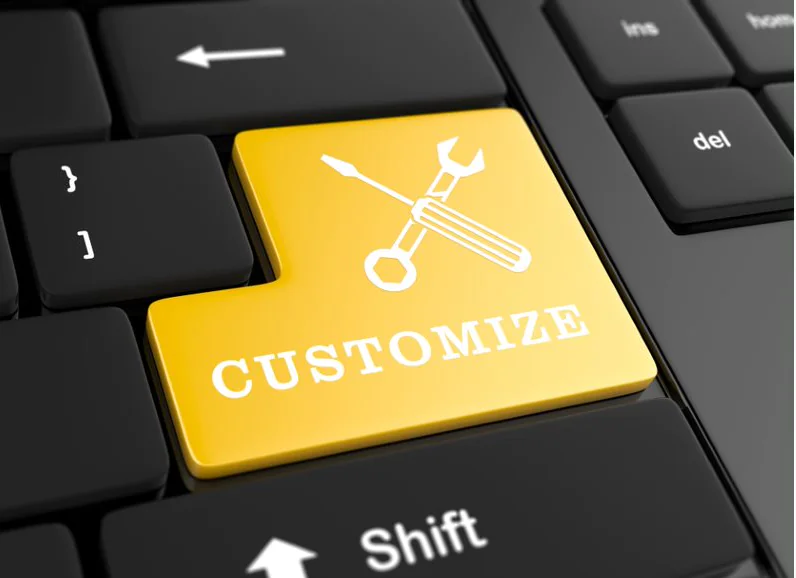What you think your customers want and what they actually want might not be the same in several cases. But if you don’t get it right, the chances are that somebody else will lose customers for your business. Thanks to digitalization, a lot of data on customer activities online is readily available to companies. This could prove to be a great boon for retailers while formulating their marketing campaigns and creating personalized marketing content. In fact, there is nothing that makes a customer feel more connected to your brand than knowing that you care about their needs. But personalized marketing is not a cakewalk. The challenge is to formulate marketing strategies in a way that it doesn’t cross lines and delivers genuine value and relevance. Just addressing a marketing campaign to a customer does not serve the purpose. Knowing what campaign to target and which customer group is the first step to personalized marketing. Based on our research, here are three things that most customers look for in personalized marketing campaigns:
Recommendations and reminders
Customers often tend to browse through products online and save the items of choice to their wish list/cart to come back later and make the purchase. In such cases, it is quite common for customers to forget to go back and complete the purchase. One of the most common personalized marketing techniques that brands today use is to remind shoppers of items they browsed but didn’t purchase. This is referred to as ‘retargeting.’ However, though this is an established technique, it can easily come off as creepy or annoying to shoppers if not executed thoughtfully. Shoppers dislike being constantly reminded of products they’ve already bought or searched for, especially if the ads appear either too soon, too frequently, or too late in the process. To correctly target marketing campaigns to what a customer might be interested in, companies need to use more sophisticated recommendation algorithms. This will help in offering complementary products or services instead of just the things the shopper has already browsed or bought. Finally, with any retargeting message, it’s important to observe who responds and who doesn’t adjust the frequency accordingly.
Track shopper needs
Stock-outs and unavailability of the desired sizes are a common problem that leaves your customers disappointed. But the same customers would be delighted if you notify them when the items and sizes are back in stock. Retailers must ensure that the personalized marketing campaign contains a trigger or a call to action button for the targeted message. This would redirect the customer to the page on the website, and they can make the purchase quickly.
Connecting online and offline experiences
Connecting digital messages with offline experiences of customers can work wonders in personalized marketing for a brand. Since this requires collaboration between disparate areas of the organization, such as store operations, PR, digital marketing, and analytics, it might prove to be a challenging task for companies. But if done efficiently, communications that seamlessly straddle both online and offline experiences and provide real value can make a customer feel that a retailer really knows them. Cross-channel communication involves using information that customers have not actively provided; retailers should try to supply information that consumers will find truly valuable. For example, Starbucks uses location information from customers’ mobile phones to ask them if they really want to place an order now at a store that’s an hour away from their current location, since the order will be ready (and getting cold) before they reach the store. Most customers do not object to such location tracking because it offers them the information they are likely to find helpful.





